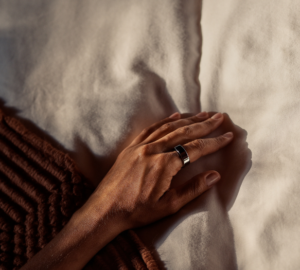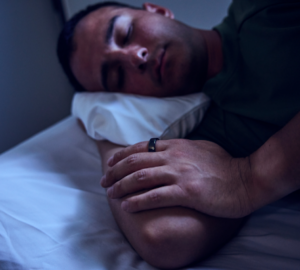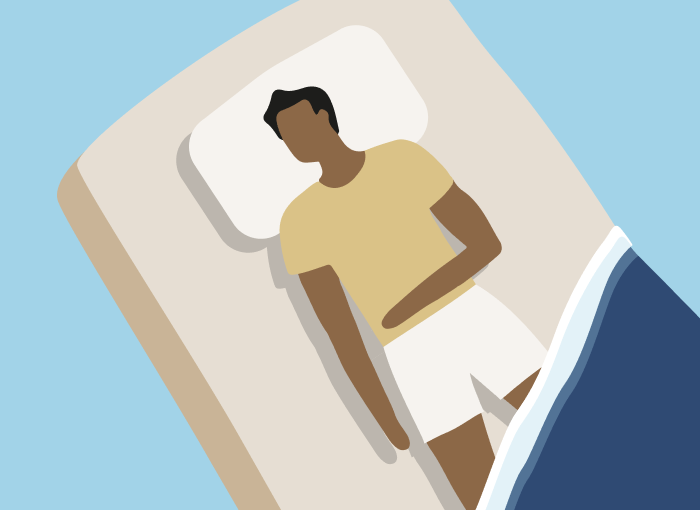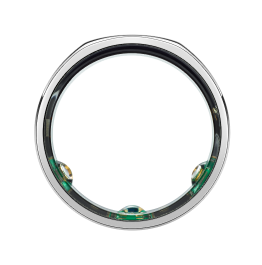- Sleeping on your back has several benefits, including reduced back and neck pain, tension headaches, and facial swelling. However, it’s not for everyone.
- To optimize back sleeping, consider using pillows, choosing a supportive mattress, and relaxing before bed.
- In addition to finding your ideal sleeping position and practicing good sleep hygiene, Oura offers personalized insights for improving sleep quality.
People sleep in a myriad of ways, and each sleeping position has its pros and cons. One of the most common sleeping positions is lying flat on your back, with 38% of the population opting for face-up rest. Lying flat on your back is different from, say, the soldier sleeping position, which creates a more rigid posture with the head looking straight up and the arms necessarily by the side. Back-sleepers can be soldier sleepers, but they could also place their arms behind their heads or on their abdomen.
In any case, it’s essential to consider the potential drawbacks and the benefits of sleeping on your back to determine if it’s the right position for you.
| Member Tip: The Oura Nighttime Movement feature can show you when you’ve been restless during the night so you can track if your sleeping position affects your restfulness. |
RELATED: Is Sleeping on the Couch at Night Bad for You?
The Top Benefits of Sleeping on Your Back
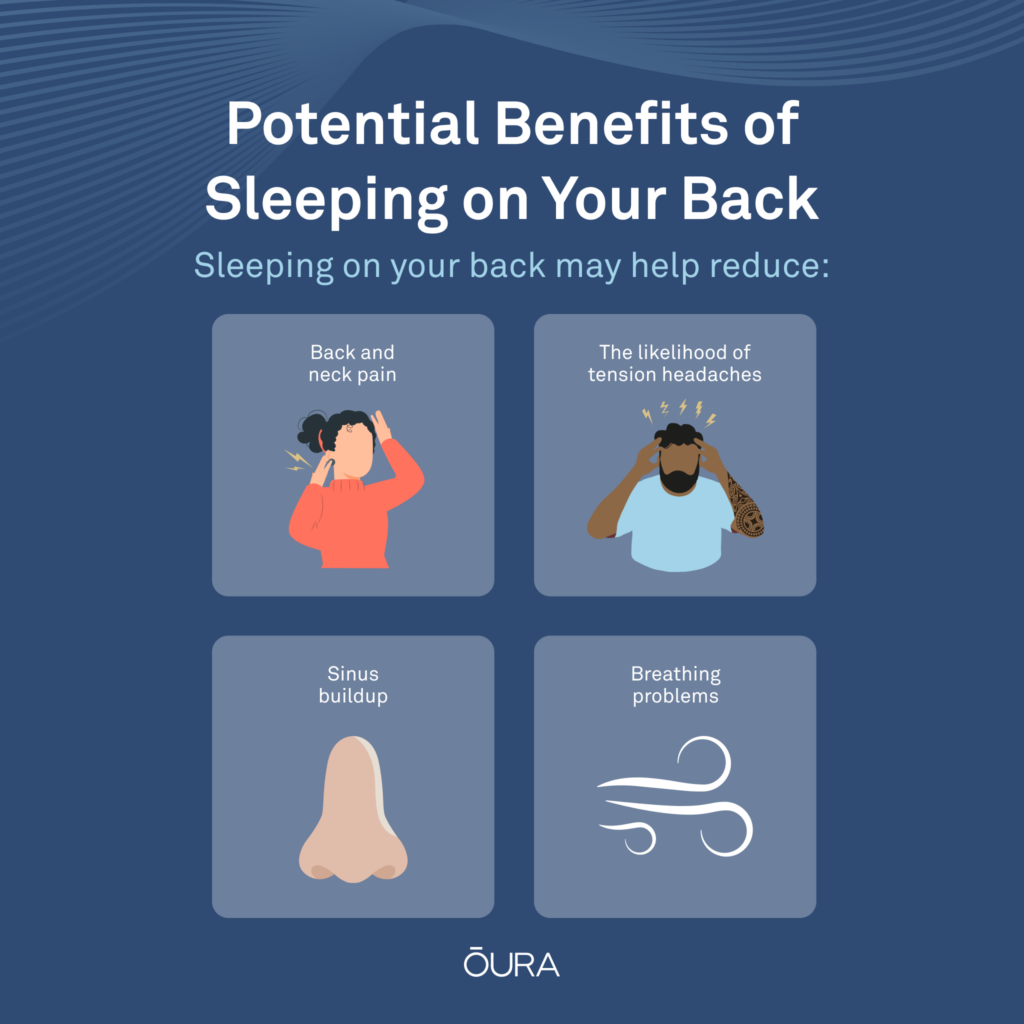
The most important advantage of lying flat on your back is that it keeps your head, neck, and spine in a neutral position. A 2017 study found that sleeping on your back with your hands by your sides or on your chest is the best position to reduce back and neck pain because the pressure is evenly distributed throughout your body. Ultimately, this will improve your sleep quality and wellness.
In addition to reducing spinal pain, lying on your back has many other potential benefits.
- Reduces the likelihood of tension headaches: By reducing the pressure on your spine, you’re less likely to have cervicogenic headaches, which start in the neck and are often mistaken for migraines.
- Helps reduce sinus buildup: Sleeping on your back with your head above your heart can prevent mucus build-up, as it stops blood flow from gathering in your nose and keeps the airways open.
- May improve breathing: Unlike lying flat on your back, sleeping on your stomach or side may compress your diaphragm, leading to shallower breathing and potentially making it difficult to fall asleep. On the other hand, sleeping on your back with your head elevated can clear your airways and help relieve congestion.
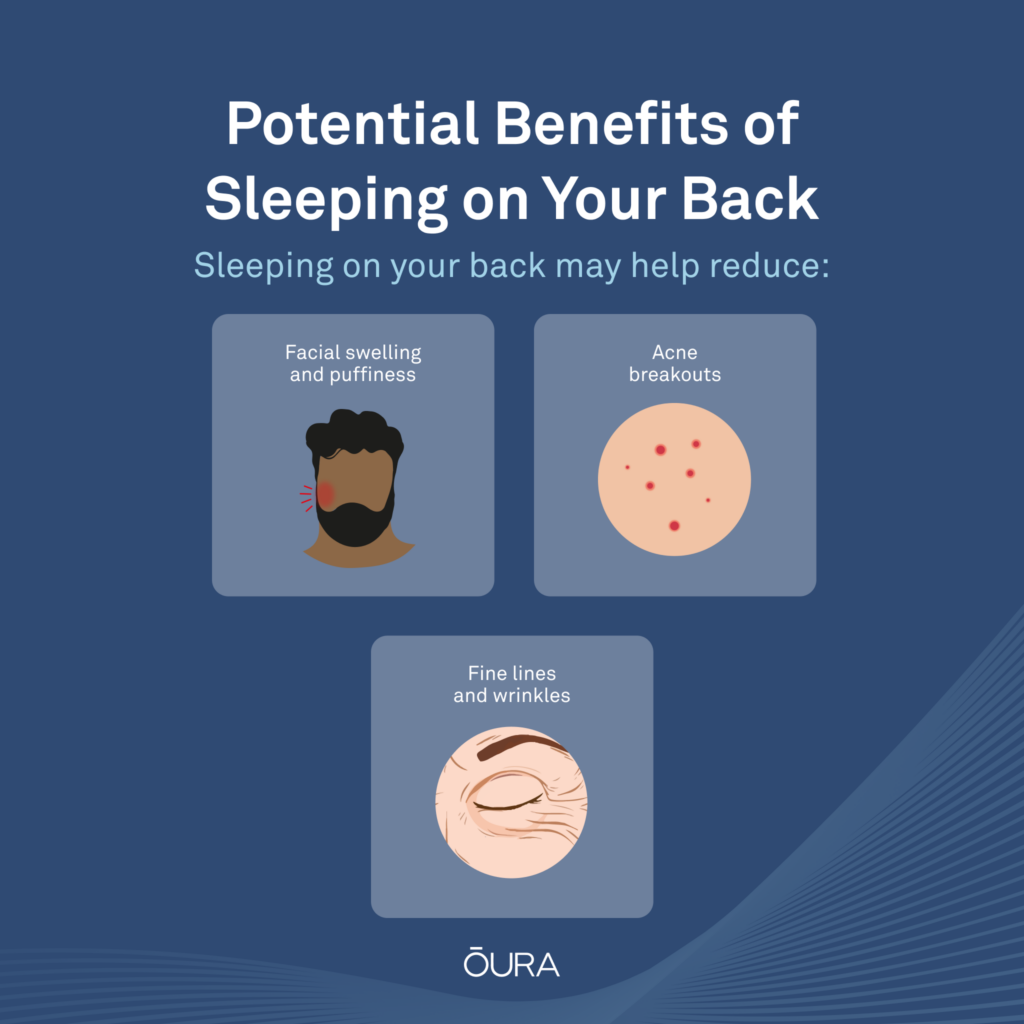
- Helps to reduce facial swelling and puffiness: If pressure builds on any part of your face for a long period of time, fluid can pool there. So, if you’re face up, you won’t have to worry about waking up with a swollen face.
- Reduces acne breakouts: No matter how often you change your pillowcase, it will have absorbed sebum and oils from your face and hair from the night before. Back sleeping reduces the contact between your face and your pillow, meaning less trapped dirt will find its way onto your skin.
- Prevents fine lines and wrinkles: Experts state that the supine position is the best for preventing wrinkles because there is less friction between the pillow and your face. The lack of pressure on your face also means you can avoid fine lines created by prolonged pressure.
How to Optimize Sleeping on Your Back
Even if you are aware of the advantages of a particular sleeping position, you may find it difficult to enjoy sleeping in that position. This is because everyone is unique, and what one person may find comfortable, another might find painful.
However, you don’t have to dismiss lying flat on your back straight away. You can use various methods to optimize your sleeping style and get a good night’s sleep.
- Use pillows: To support the natural curve of your spine, you can place pillows under your lower back and under your knees. By keeping your muscles and joints in neutral positions throughout the night, you’re less likely to wake up stiff and aching. The right pillow to rest your head on is also important. A supportive and firm pillow will keep your head in the correct position, whereas a thin pillow may let your body sink too far into the mattress.
- Get a good mattress with adequate support: The right mattress is everything. It’s the difference between a healthy sleep routine and a potentially damaging one. A firm mattress is optimal for low back pain — the firmer your bed, the less soreness you’ll wake up with. This is because your muscles and joints stay in a natural, supported position rather than sinking and twisting into soft material.
- Relax with breathing techniques: Simple breathing exercises can help to relax the body and mind, so try a few out and see what works best for you. Oura members can access the relaxing guided meditations specifically designed for sleep in the Oura App (Explore content), which can also help ease you into a deep sleep by focusing on your breath.
READ MORE: Can Meditation Help You Sleep?
When is Lying Flat on Your Back Not Right for You?
Despite being one of the best sleep positions, lying flat on your back is not for everyone. Certain medical conditions or lifestyles may mean certain people aren’t cut out to be back sleepers.
- Pregnant people: If you’re pregnant, it’s best to spend your nights sleeping on your side with a small pillow supporting your stomach. Back sleeping puts pressure on major blood vessels, which can decrease circulation to the heart and your baby.
- People who snore or have obstructive sleep apnea: Sleeping on your back often worsens apnea because, when you are lying on your back, gravity can pull the soft tissue in the throat downwards. If this happens, your airways can become blocked, and snoring can worsen. Stomach sleeping can keep your airways open and help alleviate snoring and mild apnea.
- People with certain back problems: Lying flat on your back without supports, like pillows, can lead to back pain and stiffness. For example, a study found that supine sleeping (lying flat on your back) increases the likelihood of lower back pain by 190%. To optimize your sleep, it’s best to switch to another sleeping position or get the proper back support.
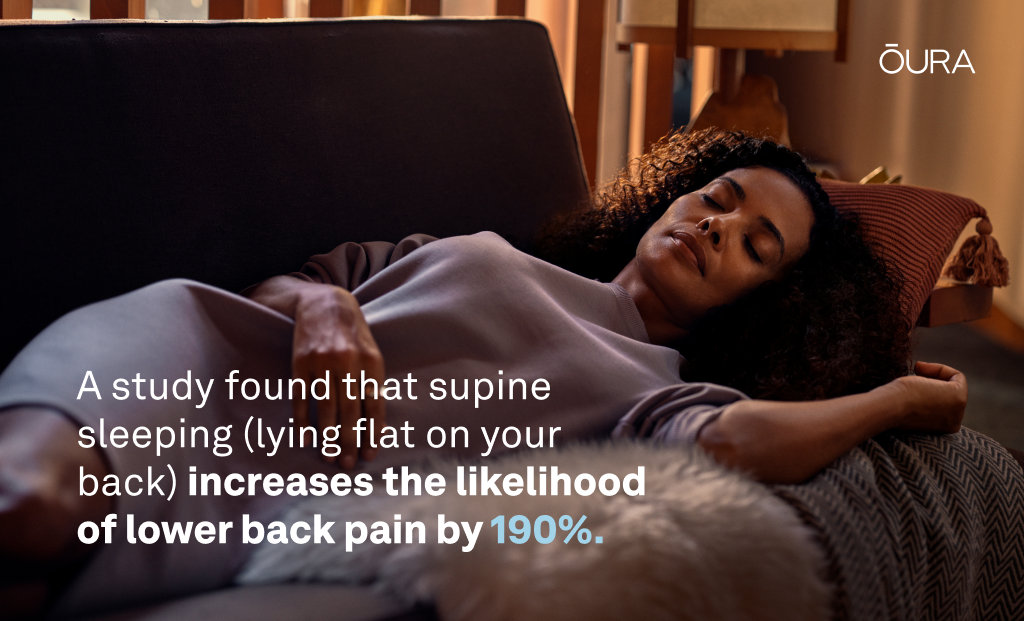
- People with gastrointestinal problems: When acid escapes from your internal organs, it can flow freely into your esophagus. If you’re lying flat on your back, it won’t be able to flow back to the stomach. This increases the chances of getting acid reflux, and GERD (gastroesophageal reflux disease) episodes become more frequent in this position. However, if you naturally have better sleep on your back, you can elevate your head to reduce reflux symptoms like heartburn.
Find the Right Sleeping Position For You With Oura
Ultimately, there’s no ‘worst’ or ‘best’ sleeping position, and you’ll have to find what works best for you based on your health and preferences. That said, there’s more that goes into the highest quality shut-eye than just your sleeping position. It’s crucial to understand what helps you sleep, what prevents you from falling asleep, and how to exercise good sleep hygiene.
| Member Tip: Oura can help shed light on these issues by providing an in-depth analysis of your sleep and personalized insights into how you can improve your sleep. Oura members can also use Tags to see how certain habits, choices, and habits affect their sleep and overall wellness. |
RELATED: 8 Popular Sleeping Positions: Find Out What They Mean For Your Health
